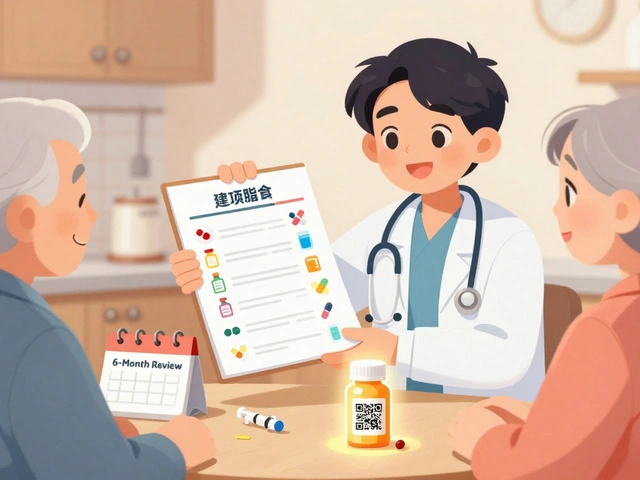Opioid Detection: How It Works, Why It Matters, and What You Need to Know
When doctors or employers need to know if someone has used opioids, they rely on opioid detection, the process of identifying opioid presence in the body through biological samples like urine, blood, or hair. Also known as opioid screening, it’s not just about catching misuse—it’s a tool to guide treatment, protect patients, and ensure safe medication use. Opioids include prescription painkillers like oxycodone and hydrocodone, as well as illegal drugs like heroin and fentanyl. Even when taken as directed, these drugs can show up in tests, which is why understanding detection windows and false positives matters.
Urine drug tests, the most common method for opioid detection. Also known as urine screening, it’s fast, affordable, and widely used in clinics, workplaces, and addiction programs. These tests look for metabolites—breakdown products of opioids—rather than the drug itself. For example, morphine is the main metabolite of heroin and codeine. A positive result doesn’t always mean abuse; it could mean someone took a prescribed pill hours earlier. That’s why context matters. Opioid addiction, a chronic condition where the brain adapts to opioids, leading to cravings and withdrawal often requires repeated testing to track progress, not just catch use.
Detection times vary. Oxycodone shows up in urine for 1–4 days after last use. Fentanyl can be detected for up to 3 days. Methadone sticks around longer—up to 7 days. Hair tests can detect use for months, but they’re not used for routine checks. Blood tests are accurate but expensive and only show recent use. The goal isn’t to trap people—it’s to support recovery. Many pain clinics use regular testing to make sure patients aren’t mixing opioids with alcohol or other drugs, which can be deadly.
False positives happen. Some over-the-counter meds, like poppy seeds or certain antibiotics, can trigger a positive result. That’s why labs confirm positives with more precise methods like gas chromatography-mass spectrometry. If you’re being tested, bring a list of all medications you’re taking. It helps avoid misunderstandings.
What you find in the posts below isn’t theory—it’s real-world insight. You’ll see how opioid detection ties into pain management, how it affects people on long-term prescriptions, and how testing protocols vary between clinics and recovery programs. There’s no fluff here—just clear, practical information from people who’ve been through it.
Opioid-Impaired Driving: Laws, Risks & Safe Practices
Learn how opioids affect driving, the legal consequences in the US and Canada, detection methods, and safe practices to avoid DUI while managing pain.
Read More





